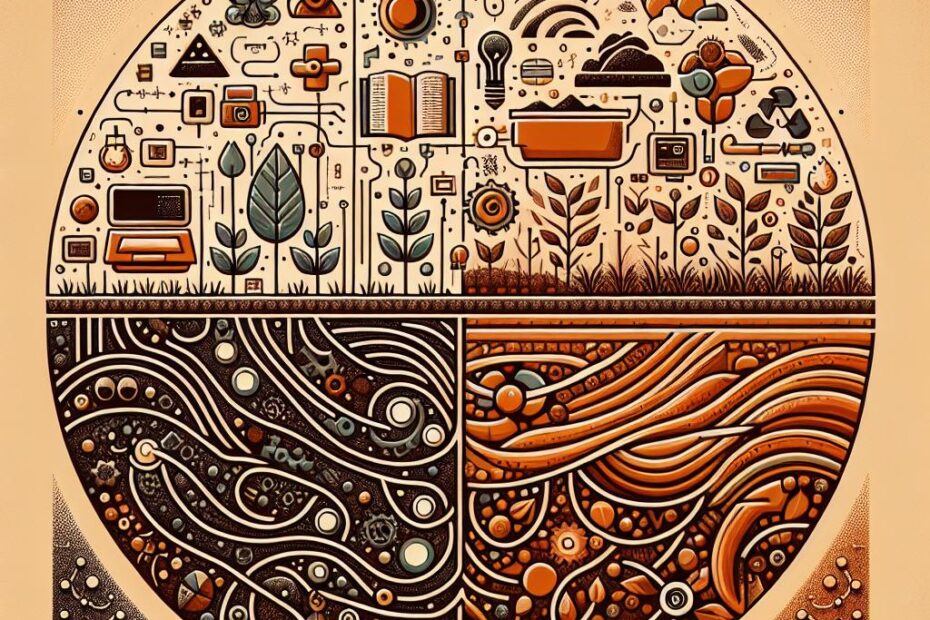When it comes to gardening, one of the key decisions you’ll need to make is what type of soil to use for your plants. Raised bed soil and potting soil are two popular options, each with their own unique characteristics and benefits. In this article, we’ll compare raised bed soil vs potting soil to help you make an informed decision for your garden.
Raised Bed Soil vs Potting Soil: What’s the Difference?
Raised Bed Soil:
- Specifically designed for use in raised beds, which are elevated gardening boxes filled with soil.
- Typically consists of a mix of topsoil, compost, and other organic materials.
- Provides good drainage and aeration, which is important for healthy plant growth.
- May need to be amended with additional nutrients depending on the specific needs of your plants.
- Can be more cost-effective in the long run, as you can purchase the materials in bulk and refill your raised beds as needed.
Potting Soil:
- Formulated for use in containers, such as pots, planters, and hanging baskets.
- Typically lighter and fluffier than raised bed soil, allowing for better root aeration.
- Contains ingredients like peat moss, perlite, and vermiculite to promote healthy plant growth.
- Often enriched with nutrients like fertilizer to support strong root development.
- Comes in convenient bags that are easy to transport and store.
Benefits of Raised Bed Soil:
- Good drainage and aeration promote healthy root growth.
- Can be customized with the addition of specific nutrients.
- Easy to work with in raised bed gardens.
Benefits of Potting Soil:
- Lightweight and easy to handle.
- Contains added nutrients for strong plant growth.
- Convenient packaging for use in containers.
Practical Tips for Using Raised Bed Soil:
- Test your soil pH before planting to ensure it is suitable for your plants.
- Add organic matter like compost to improve soil fertility.
- Mulch your raised beds to maintain moisture and suppress weeds.
Practical Tips for Using Potting Soil:
- Choose a high-quality potting soil with good drainage.
- Replenish the soil in your containers annually to support healthy plant growth.
- Monitor moisture levels closely, as containers can dry out quickly.
Case Study:
Tina is a novice gardener who decided to start a vegetable garden in her backyard. She opted to use raised bed soil in her new raised garden beds. Tina found that the raised bed soil provided excellent drainage and aeration for her vegetable plants, resulting in robust growth throughout the growing season. She appreciated the customization options that raised bed soil offered, allowing her to amend the soil with additional nutrients as needed.
Firsthand Experience:
As a seasoned gardener, I have used both raised bed soil and potting soil in my garden. I have found that raised bed soil is ideal for my raised beds, providing the perfect balance of drainage and nutrients for my plants. On the other hand, I prefer to use potting soil in my containers, as it is lightweight and nutrient-rich. Both types of soil have their own advantages and are well-suited to different gardening applications.
Conclusion:
In conclusion, both raised bed soil and potting soil have their own unique advantages and are tailored for specific gardening needs. Raised bed soil is ideal for raised beds, providing good drainage and aeration, while potting soil is perfect for containers, offering lightweight and nutrient-rich properties. Ultimately, the choice between raised bed soil vs potting soil will depend on your specific gardening goals and preferences. Experiment with both types of soil to see which works best for your garden and enjoy a thriving and bountiful harvest.
